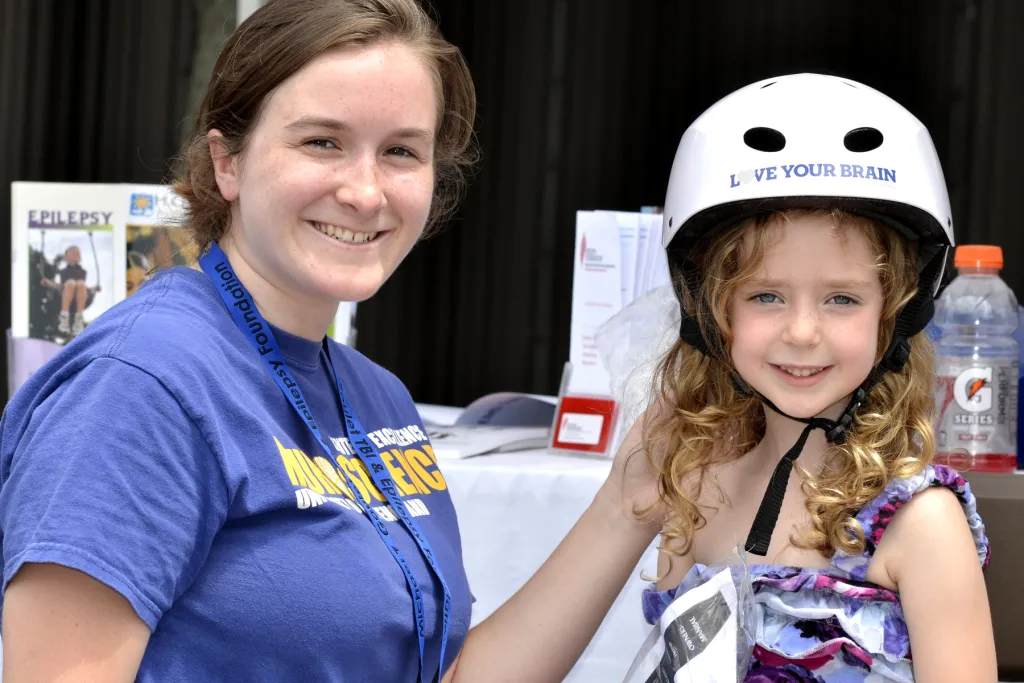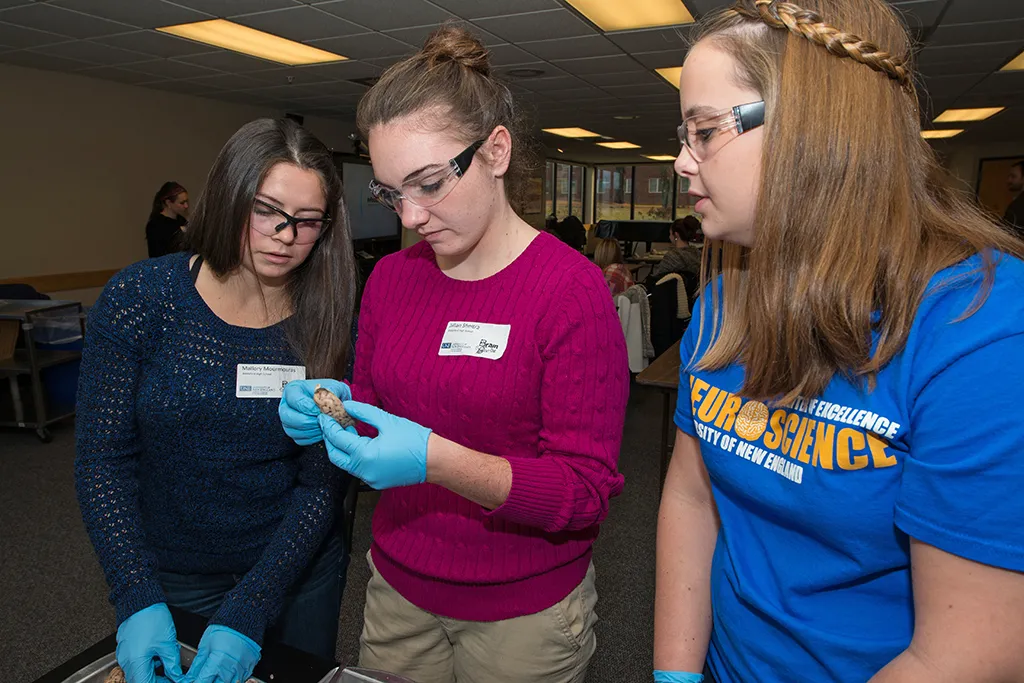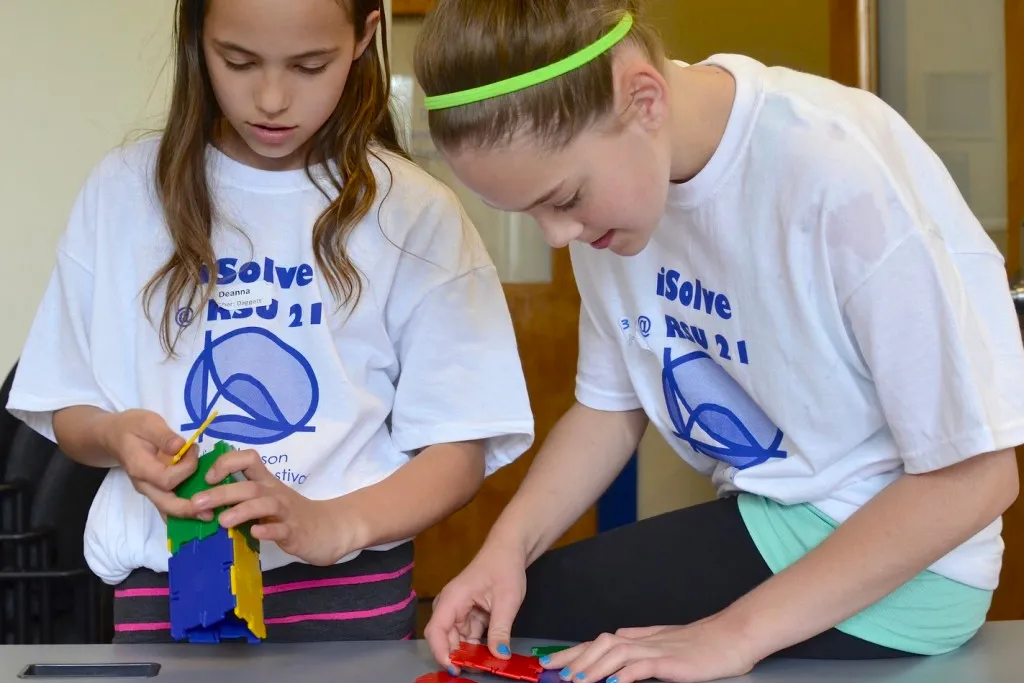Goals
- Increase interest in STEM (Science, Technology, Engineering, and Mathematics) disciplines and neuroscience in particular. This goal is important to us because we hope to foster an early interest in these fields so that the students of today become the workers and researchers of tomorrow.
- Ensure that students are exposed to general knowledge about the brain early in their education. This includes but is not limited to information about brain structures and anatomy of the brain and brain health. Where possible, we incorporate Maine Educational Standards.
- Increase awareness of traumatic brain injury, neurological diseases, and addiction. We hope to increase knowledge and healthy behaviors in the students with whom we work.

Interactive Lessons
We bring a variety of short interactive lessons — called modules — each tailored for different age groups, to teach students about neuroscience including brain anatomy, function, and injury.
Modules
The activities we can offer your school system are:
This module allows students to learn about the basic areas of the brain, including the regions, structures, and functions by performing brain dissections using a nonhuman animal. This lesson also discusses the similarities and differences of the nervous systems of numerous other animals.
This activity brings proper dissection techniques and the neuroanatomy of sheep brains into the classroom. Instructors perform informative dissections and show how the dissection is performed and what supplies are necessary.
This lesson plan is designed to introduce children to brain safety. This interactive lesson discusses the importance of wearing a helmet by demonstrating what can happen to the brain during injury when a helmet is not worn. This lesson also introduces students to what happens to a brain during concussions and Traumatic Brain Injury.
This module informs students of the effects drugs can have from a neurological standpoint. These activities include engaging students in a classroom discussion regarding common drugs of abuse, the classification of drugs, how addiction develops, and observing the physiological effects of two different drugs on a non-human animal model.
This lesson includes a discussion and hands-on experiment to teach students about the effects of drugs of abuse. Topics discussed include: how drugs work, different categories of drugs, major theories of addiction, and a demonstration of the physiological effects of drugs on a non-human animal system.


Sponsors
We gratefully acknowledge collaboration and support from the University of New England and the following foundations: The Michael T. Goulet Traumatic Brain Injury and Epilepsy Foundation, The Etherton Foundation, The Dana Foundation, the Lynn Fund of the Brain Injury Association of America, Corning, AAAS, People's United Bank, Spectrum Medical Group, FHC, and Oak Point Associates.
Program Faculty

